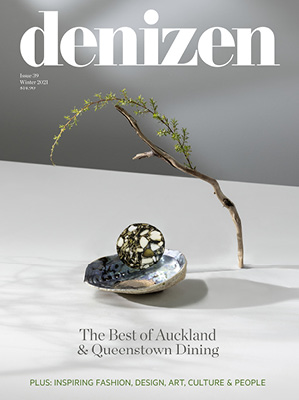Hitting up Dominion Road or any other restaurant for a bowl of authentic Chinese noodles sounds a lot easier than it really is. Honestly, it can
Soup or dry? Hot or cold?
Before taking on the long list of options, you need to know the difference between wet and dry noodles so you can refine it down to your liking. If you’re wanting something comforting and healing for the soul with a rich broth, soup noodles are the way to go. If you’re after something more reminiscent of a saucy stir-fry like the nostalgic Indo-Mie packet of Mi Goreng, go dry. Bear in mind that cold noodles feature on almost every single menu and the juxtaposing combination of cold and spicy may be a bit confusing for beginners, so be wary if you’re wanting a hot, tongue tingling experience.
Know your noodle
Just like pasta, Chinese noodles come in many different forms and it makes a huge difference to your experience. To put it in a nutshell, the crucial ones you need to be aware of are rice, wheat, kumara and shaved/chopped. Chinese rice noodles are similar to linguine and are best enjoyed with soup as they absorb the flavours of the broth. If you’re seeking something with a little bit more bite, wheat noodles would be a better choice and for those who want springy, chewy, thin and slippery — kumara is the noodle for you. Shaved/chopped noodles are the thickest and l
Not all hand-pulled noodles are created equal
Hand-pulled is usually the best option if it’s on the restaurant’s menu as it means you are getting the freshest batch of noodles that have been made in-house and usually pulled to order. Each restaurant has its own style of hand-pulled noodles — some keep them uniform in shape and size while some serve a variety of different thicknesses and widths to offer a range of textures. If you want thick-cut noodles, double check to see how they pull theirs.
They don’t play when it comes to spice
So, you think you can take spicy? The spice in Chinese noodles is in another realm to sriracha sauce so if an employee double checks with you when you request for the maximum level of spice, take it as a caring gesture. This stuff is hot, sour and numbing to the tongue so beware and don’t feel ashamed to go mild or medium, especially if it’s your first time.
Get something on the side
Many are familiar with adding a mountain of dumplings to the side of their bowl of noodles, but we advise you to take this as an opportunity to branch out and try other options. As mentioned before, cold spicy noodles are a significant part of Chinese cuisine, and there are a few side dishes that can act as gateways to the world of contrasting pairings. We suggest spicy cucumber salad or bean jelly to freshen the palate before slowly working your way up to the off-cut and offal dishes such as sliced tendons or ox-tripe drenched in chilli oil. These delicacies may sound odd to some, but life is too short to be safe, take risks!
Know your restaurant
Each restaurant has its own speciality bowl of noodles and for first-timers, it’s better to be basic before branching out to other, more risqué options. Scoping out their stand-out dish is easier than what you’d think. All you need to do is some secondary research on the Internet, scroll through location tags, point out the most commonly seen dish and hopefully, the caption explains what the order. To make it a little bit easier for you, we’ve created a brief list of the most popular noodle restaurants and their staple dish. Eden Noodles: Noodles in soup with dan dan sauce, Xi’An Food Bar: Number 37, Shaolin Kung Fu Noodles: Kung Fu spicy noodles with beef, Kingston Noodles: Beef brisket noodles, Chongqing Noodles: Shaved noodles with yum spicy beef, TianFu Noodles: DanDan noodle soup, Tang Du Style: Cold clear noodles in hot peanut sauce, Basu Lounge: Si Chuan styled noodle











